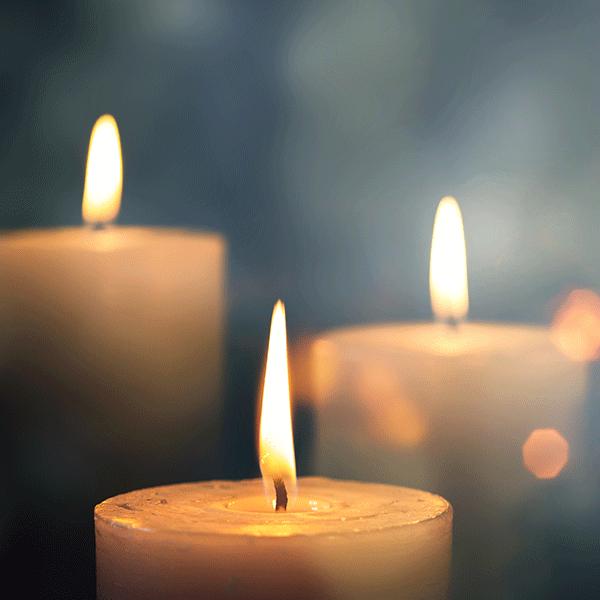How to Choose the Right Colors for Your Parish Website
"Color is a power that directly influences the soul." -Artist and designer, Wassily Kandinsky
In the realm of parish website design, color choices play a pivotal role in capturing the attention and engaging the emotions of your visitors. By carefully selecting a color palette and understanding some of the basic principles of color theory, church staff can create a visually appealing and spiritually enriching online presence that resonates with their community on a deeper level.
A Primer on Color Theory
Color theory forms part of the foundation of effective design and its principles are crucial in creating a harmonious visual experience. The color wheel, for instance, presents a spectrum of hues that can be used to evoke specific emotions and set the tone for a parish’s website. Warm colors, like reds and oranges, convey a sense of energy and passion, while cool colors such as blues and greens express calmness and serenity.
As far as the numbers of colors to choose or highlight, the human mind tends to enjoy viewing two or three colors max. Having more colors than that can cause a person to feel anxious or overwhelmed and subconsciously chose to navigate away from your website faster than you’d like. Fun fact — this is why, when fast food restaurants first became popular, they would use a color pallet inside their restaurants with a ton of contrasting colors. The idea was that they want people to get their food and move on to make room for more customers, so they intentionally chose to have a crowded color pallet to inspire people to eat and go. This is exactly the opposite of what you want your parish website to inspire, so, stick to about three colors to encourage people to stick around a bit.
How to Choose the Best Colors For Your Parish Website
Here are three simple items to consider when deciding which colors to use on your parish’s website.
- Symbolism and Tradition:
In Catholicism, colors hold significant symbolism, especially when it comes to the Liturgy. For example, white is associated with purity, innocence, and the Resurrection; red signifies sacrifice and the Holy Spirit; and purple represents penance and preparation. Incorporating these traditional colors into the web design can help communicate the church's core values and beliefs.
- Emotional Connection:
Color has a profound impact on emotions. By selecting colors that align with the intended emotional response, church staff can create a welcoming and comforting digital environment. For instance, earth tones like browns and greens evoke a sense of grounding and stability, fostering a connection to nature and God's creation.
- Consistency and Branding: Consistency across different communication channels, including your website, enhances recognition and brand identity for your parish. Choosing a consistent color palette that aligns with the church's physical space, mission, or charism, reinforces a unified message and helps build a recognizable online presence for your community. Don’t have an intentional brand yet with colors and a logo? LPi can help you get the process started!
Avoiding Common Color Mistakes on Your Website
While color choices can enhance a church's web design, some considerations should be kept in mind to avoid potential pitfalls. Firstly, an overwhelming use of bright or neon colors can create a jarring experience, distracting visitors from the content and message. Secondly, colors that clash or lack contrast may lead to readability issues, hindering your viewer’s ability to engage with the website's information effectively.
The importance of choosing an intentional color pallet for your website and overall branding cannot be overstated. Remember, your goal is to give visitors to your website a visually appealing, emotionally engaging, and spiritually enriching online experience. By harnessing the power of color, your website can become a virtual sanctuary, inviting visitors to explore and deepen their connection with their faith and community. For more inspiration, we collected three parish websites that we think are using color well.
Need help creating an incredible website for your parish? Our design team works with churches across the country to get their websites and brands dialed-in.
For more parish website inspiration, check out the "Web and Social Media" section of our blog!
Updated on 11-04-2025





